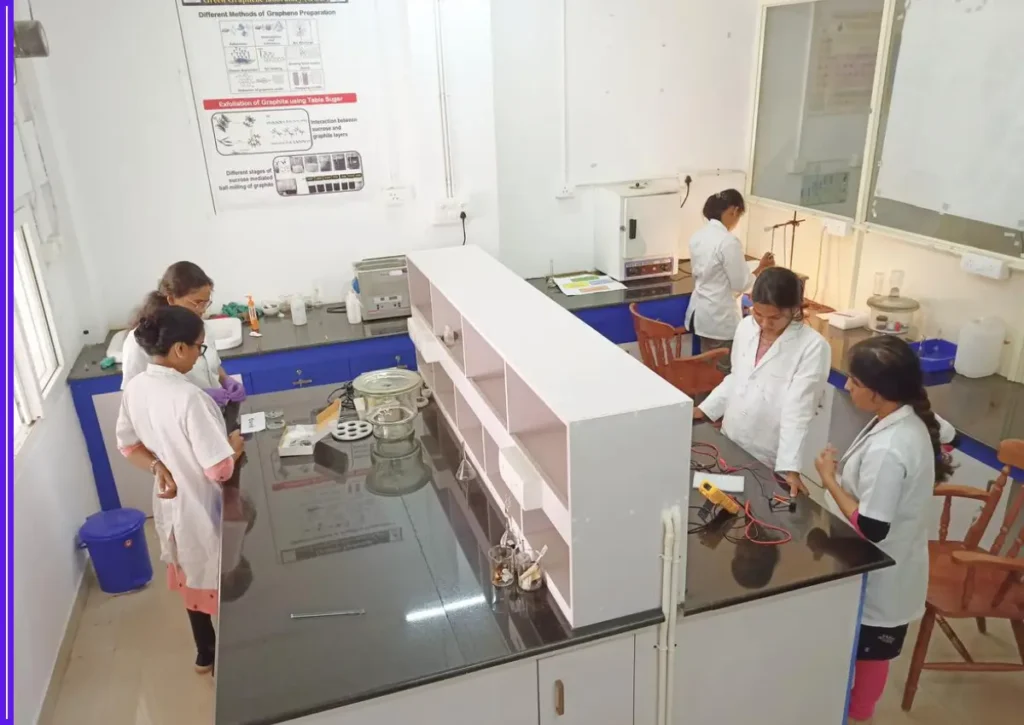Kozhikode, — In a major leap for nanoscience in India, researchers from the University of Calicut have developed a new generation of low-cost, precision nanoclusters that could transform industries ranging from healthcare to electronics.

Led by Dr. Shibu E. S., a faculty member in the Department of Nanoscience and Technology, the breakthrough centers on creating atomically controlled nanoclusters using an economical, light-driven process. These ultra-small structures—comprising just a few dozen atoms—can respond to light and environmental changes, making them ideal for use in biosensors, energy storage devices, optical security tags, and smart materials.
“We’ve designed nanoclusters that are not only structurally unique but also affordable to produce at scale,” said Dr. Shibu. “The synthesis relies on simple chemistry and light-based reactions, reducing both costs and environmental footprint.”
The team achieved this using a method called photocycloaddition, allowing them to control the shape and function of the clusters—some forming ring-like, toroidal structures that are rarely seen in conventional nanomaterials. These shapes provide better control over the material’s light absorption and emission, giving researchers the tools to build highly responsive and customizable devices.
Unlike many lab-based innovations, the Calicut team’s focus remains on real-world applications. The nanoclusters are already being explored for optical QR codes, anti-counterfeiting systems, and even next-generation battery materials. The project has received research grants from both SERB and DST, showcasing the potential national impact of their work.
The findings have gained attention from the global scientific community as well. Their recent review paper, focusing on the future of nanoclusters in sensing and electronics, was published in the prestigious journal Small by Wiley, placing Calicut University firmly on the global research map.
As the team moves forward, collaborations with industry partners are expected to help translate this research into tangible technology that could benefit everyday life.
This innovation not only highlights the growing strength of Indian research in advanced materials but also offers a scalable solution for developing countries looking to integrate high-end technology at a lower cost.









